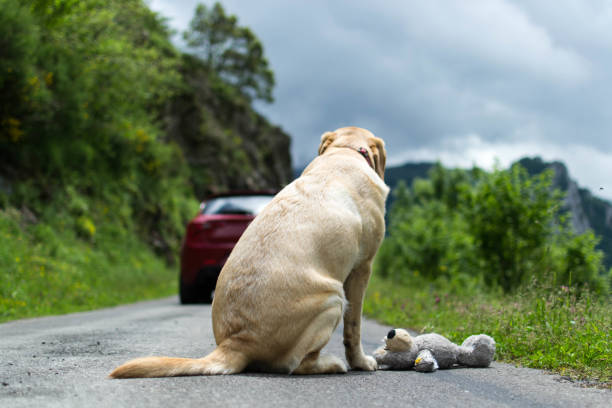
Media reports and social media highlights on pets being abandoned are on the rise and are widespread in the country these days.
Even animal shelters are urging people not to abandon their pets as their capacity for abandoned animals is stretched to the limit.
The Consumer Association of Penang (CAP) is gravely concerned over the increasing number of abandoned pets in the country.
It was reported in early June that there were about 10,000 stray dogs in Penang alone. Whatever reason is given for pet abandonment, it is the animal that suffers most.
Knowing they are doing something wrong, people abandon their pets clandestinely when no one is around.
Without witnesses, the perpetrators get away scot-free knowing that they can never be traced or prosecuted for their crime.
Along with dogs and cats, kittens and puppies are often dumped on streets, in marketplaces, in garbage bins, remote areas, on vacant properties, tied to park benches, or in animal shelters.
The fate of abandoned pets is extremely tragic, almost like a death sentence for them. Because they have been left in unfamiliar surroundings, the abandoned animals are left to fend for themselves where they may die from starvation, accidents, abuse by street kids, and extreme weather conditions.
Furthermore, these abandoned animals pose a hazard to traffic as they dart onto busy roads and risk being hit by a car. They become a nuisance as they search for food.
Abandoned dogs and puppies may bark or fight with other dogs, or even bite people as the abandoned animals live in constant fear and survival mode.
While some abandoned pets may be picked up by animal shelters, the authorities, or taken in by people who find them, the majority may not be so lucky. Abandonment is a very traumatic experience as they wait for their owners to come back, are confused, search for their owners, and may suffer injury.
Cat abandonment is rampant in Malaysia. Abandoned house cats do not know how to survive on the streets and become confused, lost, starved, and afraid. Frequently cats get hit by cars, fall from great heights, or get mauled by dogs.
Being domesticated they do not know how to avoid traffic, hide from the rain, or hunt for food. They also risk getting kicked by people who attempt to chase them away. Abandoned cats contribute to the stray cat population.
While CAP lauds the move by the Department of Veterinary Services (DVS) to enforce regulations under the 2021-2030 National Animal Welfare Strategic Plan (NAWSP) one of which includes animal abandonment, it remains to be seen whether this can truly encourage more responsible ownership and deter pet abandonment.
The NAWSP should be carried out in tandem with long-term proactive measures that should include microchipping and registration of both dogs and cats, mandatory and subsidised sterilisation, and public awareness on promoting responsible pet ownership to prevent abandonment.
Additionally, tighter restrictions should be placed on backyard breeders and puppy mills.
People breed their animals and sell them on social media to make a quick buck. They are abandoned when the animals become unsellable, sick, or too old to breed.
DVS and NAWSP should undertake an education and awareness programme through social media, by producing leaflets and brochures for wide distribution to libraries, and vet clinics, inserted into animal magazines, and made available to animal clubs and associations.
In many countries, pet abandonment is an illegal and punishable offence covered under animal welfare acts of those countries. To this end, CAP calls on Malaysian authorities to take animal welfare seriously and create a law that will deliver on its promise: to protect our animals.
Source – Mohideen Abdul Kader, President, Consumers’ Association of Penang (CAP)


